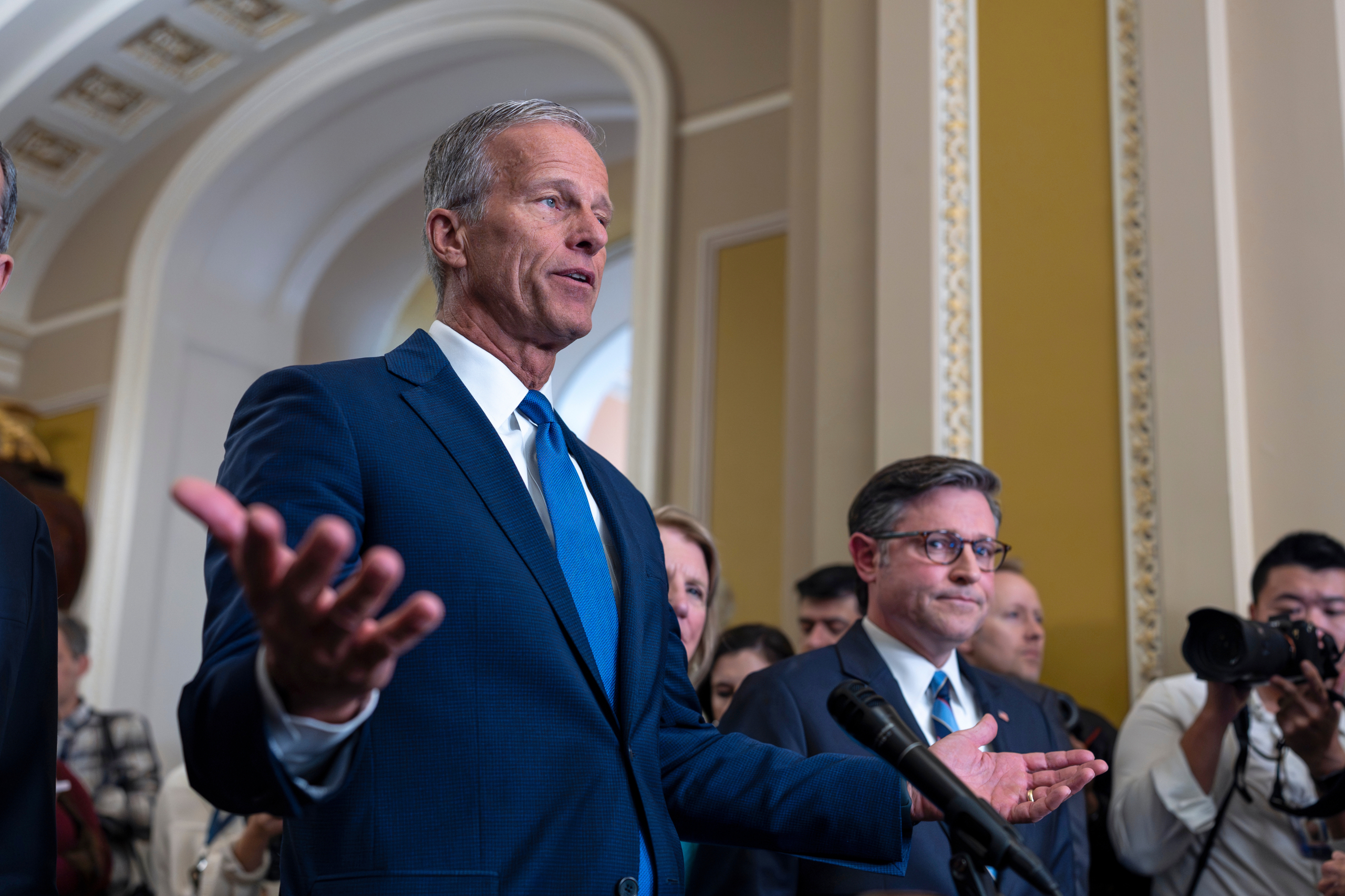By MARIA SHERMAN AP Music Writer
NEW YORK (AP) — Dolly Parton “ain’t dead yet,” the country superstar said on social media Wednesday following public speculation about her health.
“There are just a lot of rumors flying around. But I figured if you heard it from me, you’d know that I was okay,” the 79-year-old singer said in a new two-minute video posted on Instagram. “I’m not ready to die yet. I don’t think God is through with me. And I ain’t done working.”
Her post, which appeared on numerous of Parton’s social media accounts and her website, was captioned, “I ain’t dead yet.”
Late last month Parton postponed her first Las Vegas residency in 32 years, citing “health challenges.”
She was scheduled to perform six shows at The Colosseum at Caesars Palace for “Dolly: Live in Las Vegas” between Dec. 4 and Dec. 13, overlapping with the National Finals Rodeo. Her dates have been moved to next year — Sept. 2026.
She did not provide specific details at the time, writing, “As many of you know, I have been dealing with some health challenges, and my doctors tell me that I must have a few procedures. As I joked with them, it must be time for my 100,000-mile check-up, although it’s not the usual trip to see my plastic surgeon!”
In the new video clip shared Wednesday, Parton is seen sitting on a set speaking directly to camera, telling her audience that she’s about to record a few commercials for the Grand Ole Opry, which is celebrating its 100th anniversary this year.
“Everyone thinks that I am sicker than I am. Do I look sick to you? I’m working hard here! Anyway, I wanted to put everybody’s mind at ease, those of you who seem to be real concerned, which I appreciate,” she continued. “And I appreciate your prayers because I’m a person of faith. I can always use the prayers for anything and everything.”
On Tuesday, a Facebook posted shared by her sister Freida Parton escalated concerns around Parton’s health when she wrote that she had been “up all night praying for my sister, Dolly.” Hours later, Freida Parton followed up with another post.
“I want to clear something up. I didn’t mean to scare anyone or make it sound so serious when asking for prayers for Dolly,” she wrote. “She’s been a little under the weather, and I simply asked for prayers because I believe so strongly in the power of prayer.”
Parton offered her own clarification in the video, referencing her late husband of nearly 60 years Carl Dean, who died earlier this year at age 82.
“I want you to know that I’m OK. I’ve got some problems as I’ve mentioned. Back when my husband Carl was very sick, that was for a long time, and then when he passed, I didn’t take care of myself. So I let a lot of things go that I should’ve been taking care of,” she said. “So anyway, when I got around to it, the doctor said ‘We need to take care of this. We need to take care of that.’ Nothing major but I did have to cancel some things so I could be closer to home, closer to Vanderbilt, where I’m kind of having a few treatments here and there.”
And in true Parton fashion, she ended with a joke. “But I wanted you to know that I’m not dying. Did you see that AI picture of Reba (McEntire) and me, oh Lordy! I mean, they had Reba at my death bed, and we both look like we need to be buried,” she laughed.
“If I was really dying, I don’t think Reba would be the one at my death bed. She might come visit me earlier.














